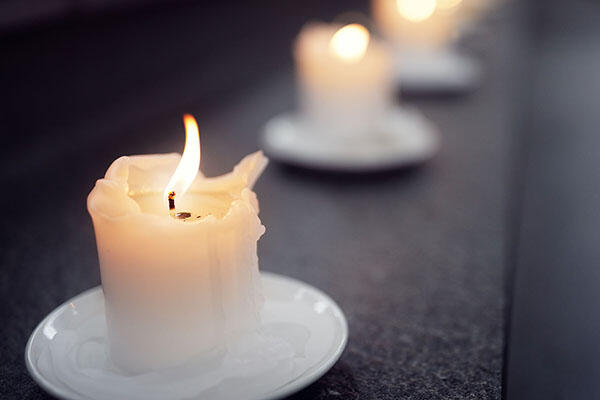Mexico and Central America
. 11/15/2006. Corpus of Maya Hieroglyphic Inscriptions, Volume 9: Part 2: Tonina, Pp. 64. Cambridge, Massachusetts: Peabody Museum Press. BUY THIS BOOKAbstract
. 5/25/1979. Corpus of Maya Hieroglyphic Inscriptions, Volume 3: Part 2: Yaxchilan, Pp. 64. Cambridge, Massachusetts: Peabody Museum Press. BUY THIS BOOKAbstract
. 3/19/1996. Corpus of Maya Hieroglyphic Inscriptions, Volume 6: Part 2: Tonina, Pp. 64. Cambridge, Massachusetts: Peabody Museum Press. BUY THIS BOOKAbstract
. 3/31/1999. Corpus of Maya Hieroglyphic Inscriptions, Volume 6: Part 3: Tonina, Pp. 64. Cambridge, Massachusetts: Peabody Museum Press. BUY THIS BOOKAbstract
. 2/9/1987. Corpus of Maya Hieroglyphic Inscriptions, Volume 5: Part 3: Uaxactun, Pp. 64. Cambridge, Massachusetts: Peabody Museum Press. BUY THIS BOOKAbstract
. 8/1/1983. Corpus of Maya Hieroglyphic Inscriptions, Volume 6: Part 1: Tonina, Pp. 64. Cambridge, Massachusetts: Peabody Museum Press. BUY THIS BOOKAbstract
. 6/10/1985. Corpus of Maya Hieroglyphic Inscriptions, Volume 5: Part 2: Xultun, Pp. 64. Cambridge, Massachusetts: Peabody Museum Press. BUY THIS BOOKAbstract
. 3/3/2003. Corpus of Maya Hieroglyphic Inscriptions, Volume 9: Part 1: Piedras Negras, Pp. 64. Cambridge, Massachusetts: Peabody Museum Press. BUY THIS BOOKAbstract
. 2/21/1995. Ceramics and Artifacts from Excavations in the Copan Residential Zone, Pp. 496. Cambridge, Massachusetts: Peabody Museum Press. BUY THIS BOOKAbstract
. 2/4/1982. An Osteology of Some Maya Mammals, Pp. 104. Cambridge, Massachusetts: Peabody Museum Press. BUY THIS BOOKAbstract
2021
Oct
20
2021
Nov
01
2021
Sep
22














